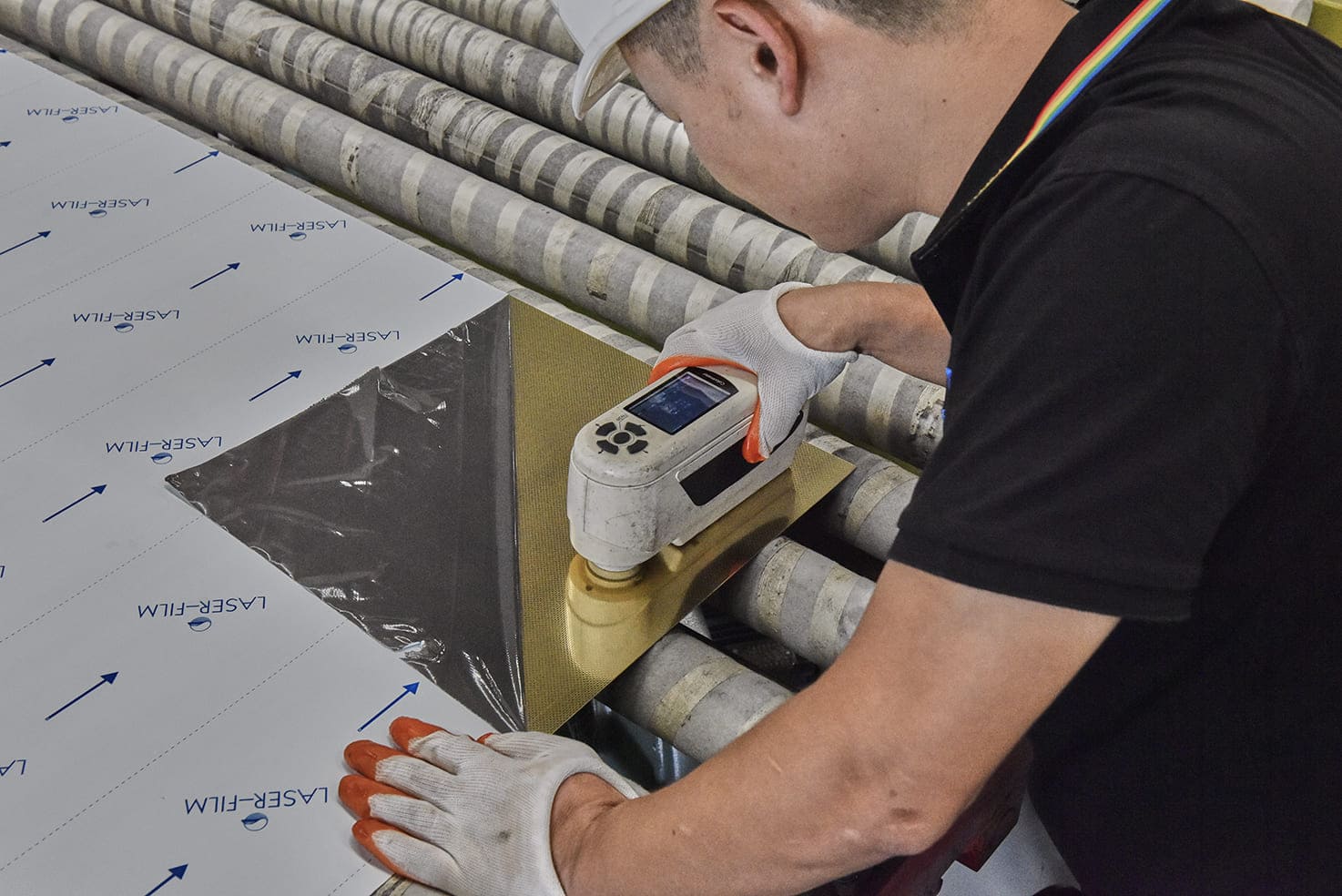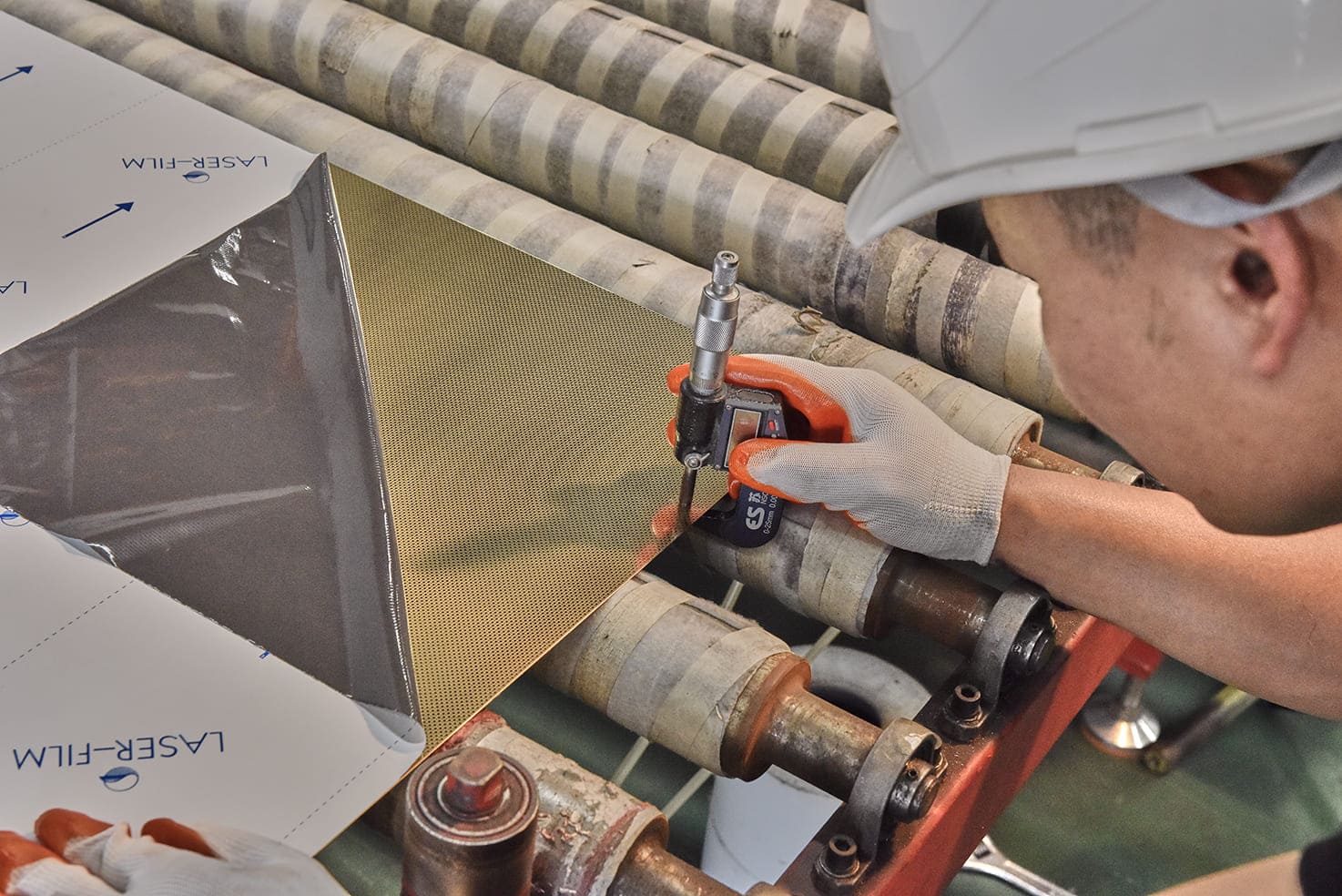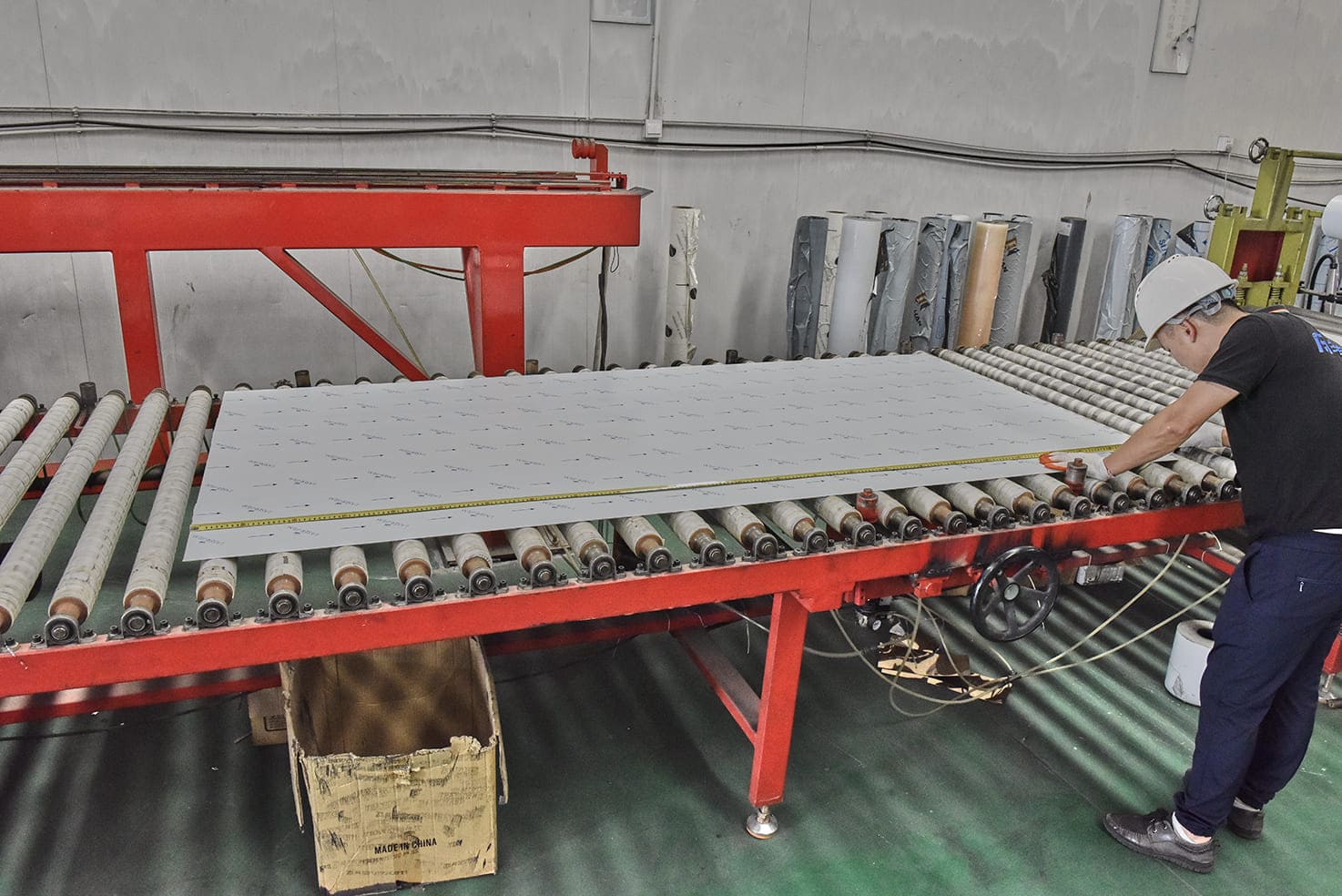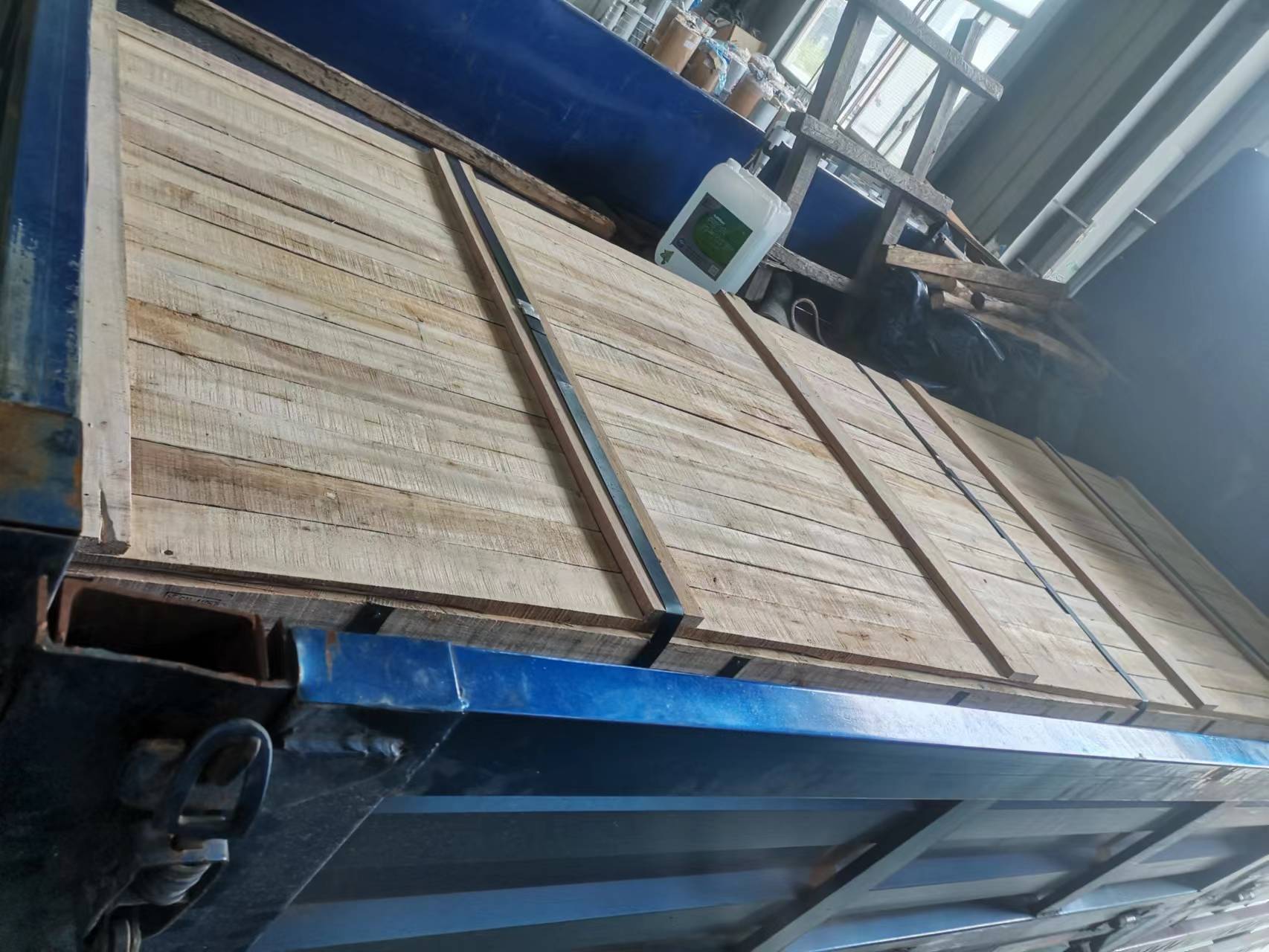The manual inspection process for stainless steel includes various steps to ensure that the product quality meets the standards and customer requirements. Here are the detailed steps:
1. Appearance Inspection
Surface Check: Visually inspect the stainless steel surface for scratches, cracks, oxide scale, dents, and other defects.
Smoothness Check: Inspect the surface smoothness and finish, such as mirror polishing or brushed finish, to ensure it meets the requirements.
2. Dimensional Measurement
Thickness Measurement: Use vernier calipers, micrometers, or other tools to measure the thickness of stainless steel sheets or pipes, ensuring it meets the specifications.
Length and Width Measurement: Use a tape measure or steel ruler to measure the length and width of the stainless steel sheets, ensuring dimensional accuracy.
Diameter Measurement: For stainless steel pipes, use calipers to measure the diameter and wall thickness.

3. Flatness Check
Flatness Check: Use a straightedge or level to check the flatness of the stainless steel sheet, ensuring there are no significant bends or deformations.
4. Weld Quality Inspection
Weld Seam Check: Visually inspect the appearance of weld seams to ensure they are uniform, smooth, and free of defects such as porosity, cracks, and slag inclusions.
Weld Strength Test: Perform simple manual tests on weld joints, such as light tapping or bending, to preliminary assess weld strength.

5. Manual Hardness Test
Hardness Test: Use a portable hardness tester to manually test the hardness of the stainless steel, ensuring it is within the standard range.
6. Magnetic Test
Magnetic Check: Use a magnetic tester or handheld magnetic detector to check if the stainless steel is magnetic, distinguishing between different types of stainless steel.
7. Grinding and Polishing Check
Grinding Quality: Check if the ground areas are evenly smooth without noticeable grind marks.
Polishing Effect: Inspect the gloss and uniformity of the polished surface to ensure it meets the customer's required surface effect.

8. Marking and Record
Marking: Mark each inspected and qualified stainless steel product with relevant information such as inspection certificate and batch number.
Record: Document every step of the inspection process and results to ensure complete quality traceability for each batch of products.
9. Packaging Inspection
Packaging Quality: Check if the stainless steel packaging is secure to ensure no damage during transportation.
Label Check: Confirm the accuracy of label information on the packaging, including product specifications, quantity, and production date.

By following these manual inspection steps, the quality of stainless steel products can be effectively ensured, meeting customer requirements and standards. If there are any other questions or further information needed, please feel free to let me know.
 Office address: 26 Floor, Shibo Financial Center, Fenjiang South Road No.38, Chancheng District, Foshan City
Office address: 26 Floor, Shibo Financial Center, Fenjiang South Road No.38, Chancheng District, Foshan City  Phone
: +86 -18024913898
Phone
: +86 -18024913898 Email
: [email protected]
Email
: [email protected] IPv6 network supported
IPv6 network supported
 leave a message
leave a message